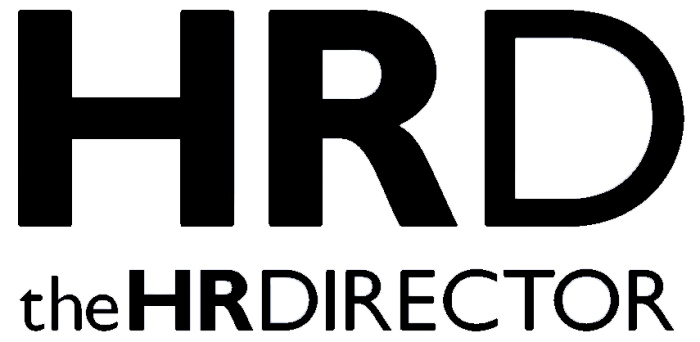A comprehensive study* provides organisations with evidence-based approaches that can help improve decision-making by reducing cognitive biases.
Dr Barbara Fasolo, Associate Professor in Behavioural Science at LSE’s Department of Management and Head of the LSE Behavioural Lab, along with Professor Irene Scopelliti and Dr Claire Heard, integrated findings from 100 experimental studies to create a new framework for implementing bias mitigation strategies, identifying two distinct approaches to bias mitigation.
Debiasing directly engages with decision-makers to help them recognise and counter biases in their judgment and decision-making processes. Debiasing interventions can take several forms: training programmes that teach people about biases and strategies to avoid them, warnings that alert decision-makers to potential biases in specific situations, and feedback mechanisms that help people learn from their past decisions.
Choice architecture works by modifying the environment in which decisions are made, rather than trying to change the decision-maker’s thinking. A choice architect might restructure how information is presented, adjust the default options available, or change how alternatives are framed.
The researchers’ framework highlights conditions under which each approach was found to be most effective in the mitigation of bias:
- Decision-making stage: Debiasing interventions, particularly training and warnings, are better suited for earlier stages of the decision-making process, particularly when organisations are still searching for information and identifying alternatives. Choice architecture interventions are more suitable for later stages when alternatives have been evaluated and a preference for the least biased choice has emerged.
- Uncertainty and complexity of the decision: In high-uncertainty environments with complex, unstructured decisions, debiasing interventions provide generalisable skills that can be applied across different contexts. Choice architecture is more effective in stable, predictable environments where decisions are routine and structured, and where the optimal choice can be clearly identified in advance.
- Organisational Trust: Choice architecture interventions, particularly those involving defaults or changes to decision structure, require high levels of pre-existing trust in the organisation. Decision-makers need to believe that the choice architect shares their interests towards optimal outcomes. Debiasing interventions, with emphasis on transparency and active participation, can themselves help build trust through clear communication of aims and outcomes.
- Goal alignment and employee turnover: Choice architecture is particularly effective in organisations with clear, shared goals for evaluating decisions. In contrast, debiasing approaches may be more suitable when there’s greater diversity in goals and decision criteria. While debiasing interventions can have lasting effects that benefit organisations with low turnover, choice architecture’s focus on the decision environment, rather than individual decision-makers, makes it particularly valuable in high-turnover contexts.
- Individual resources and susceptibility to bias: When decision-makers have sufficient time and cognitive resources available, debiasing interventions can provide lasting benefits through active engagement and learning. For those facing severe resource constraints, choice architecture offers efficiency by reducing cognitive load. Organisations can also tailor their approach based on how different decision-makers are in their susceptibility to bias. Debiasing allows for more customisation when individuals vary substantially, while choice architecture provides a standardised approach for when susceptibility to bias is deemed more uniform across the organisation.
Dr Barbara Fasolo said:
“Cognitive biases can severely impact organisational performance, from excessive market entry to discrimination in hiring and suboptimal capital allocations.
“While extensive research shows how biases affect organisations, there is less focus on how to effectively reduce them.
“We draw a clear distinction between two distinct approaches to bias mitigation, based on how they work and how they have been tested experimentally. The debiasing approach equips people with tools to recognise and counter biases themselves, while choice architecture modifies the decision environment to make better choices more intuitive.
“Understanding when to use each approach – or combine them – is crucial for organisational success”
Professor Irene Scopelliti said:
“Our new framework offers organisations clear, evidence-based guidance on using different bias mitigation strategies to improve their decision-making processes.
Our framework helps organisations match the most suitable bias mitigation approach to their specific decision, individual, and organisation-level conditions.
Applying our framework could help leaders choose the most appropriate form of intervention to allow them to make better decisions and improve organisational performance.”
The research propositions in our framework will help decision scientists design rigorous experiments and advance the science behind bias mitigation.
*study co-authored by the London School of Economics, King’s College London and Bayes Business School
‘Mitigating cognitive bias to improve organizational decisions: an integrative review, framework, and research agenda’ by Dr Barbara Fasolo, Dr Claire Heard and Professor Irene Scopelliti is published in the Journal of Management.







